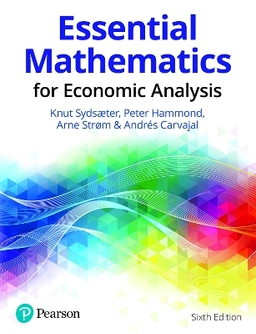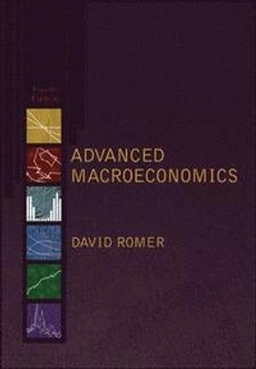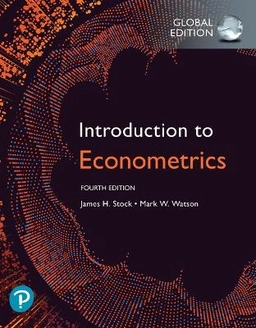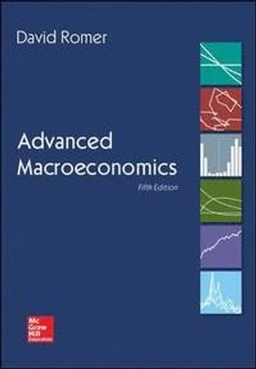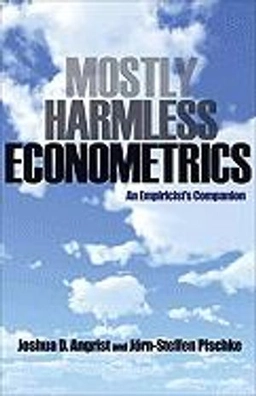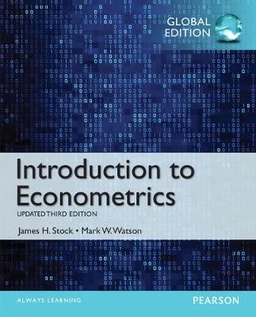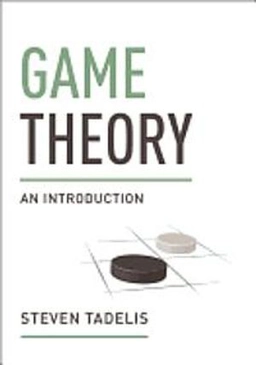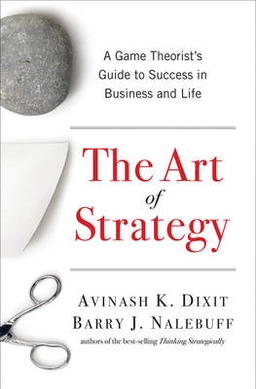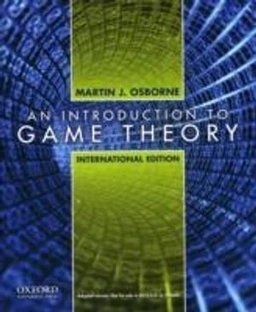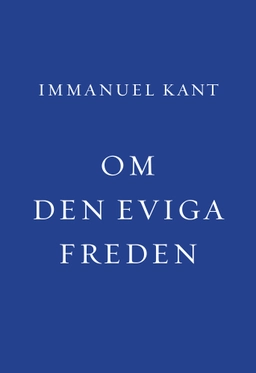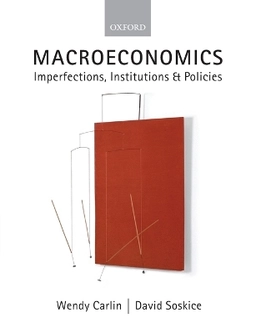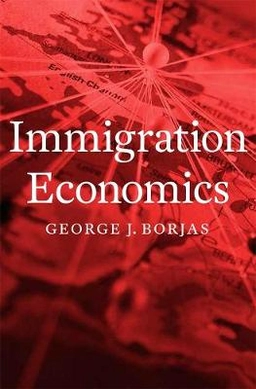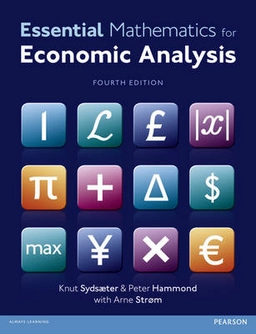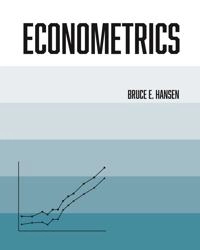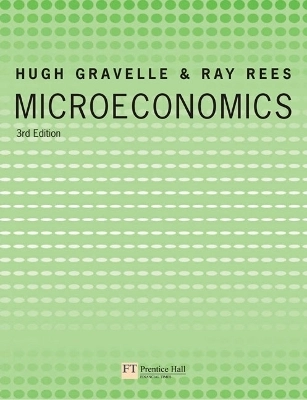

MicroeconomicsUpplaga 3
- Upplaga: 3e upplagan
- Utgiven: 2004
- ISBN: 9780582404878
- Sidor: 752 st
- Förlag: Prentice Hall
- Format: Häftad
- Språk: Engelska
Om boken
Åtkomstkoder och digitalt tilläggsmaterial garanteras inte med begagnade böcker
Mer om Microeconomics (2004)
2004 släpptes boken Microeconomics skriven av Hugh Gravelle. Det är den 3e upplagan av kursboken. Den är skriven på engelska och består av 752 sidor. Förlaget bakom boken är Prentice Hall som har sitt säte i Upper saddle river.
Köp boken Microeconomics på Studentapan och spara uppåt 38% jämfört med lägsta nypris hos bokhandeln.
Referera till Microeconomics (Upplaga 3)
Harvard
Oxford
APA
Vancouver
